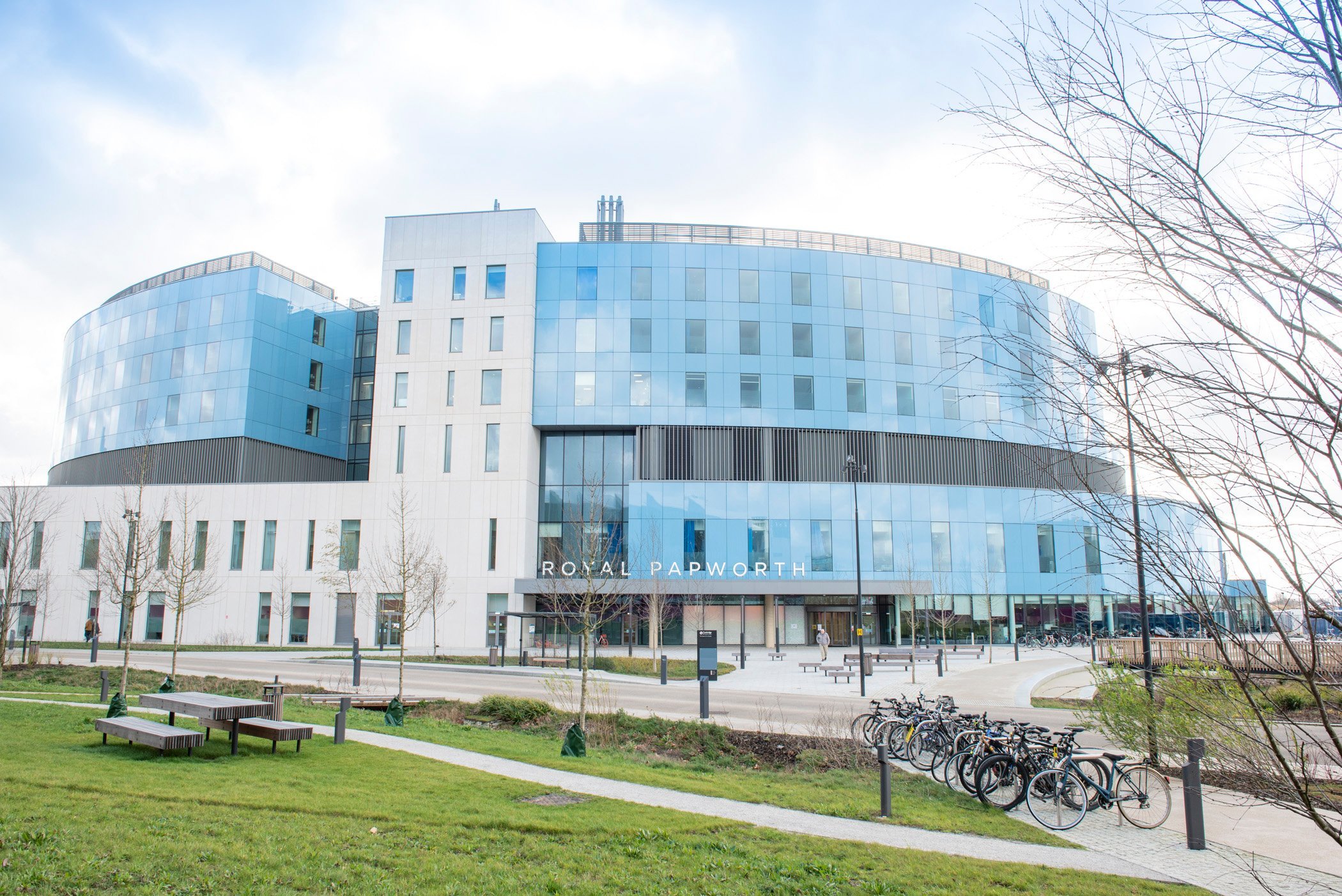" The ability to load and schedule equipment is a key part of HOK’s healthcare deliverables. In 2010 when HOK were awarded the new Papworth hospital 300 beds facility, we had almost completed the design for one of the largest hospitals in central London for the Barts Health NHS Trust: St Bartholomew’s Hospital, a 290-bed facility; and the Royal London Hospital, a 746-bed facility, with a combined area of 203,000m2 (or with over 10,000 clinical rooms). The start of Papworth coincided with HOK’s switch from AutoCAD to Revit as our preferred authoring tool and at that point, dRofus became our go-to tool for capturing and managing data from schematic design to the present." - Robert Gordon

Topics covered will include: Creating & Managing NHS data in a BIM environment, starting a project with the correct content, the right tools, and developing a robust workflow capable of handling abrupt design changes whilst maintaining clients' expectations and delivery deadlines.
This presentation will be delivered by Robert Gordon, Sr. Associate at HOK and the very first dRofus user in the UK.
His team describes him as a highly valued member of the HOK London Studio, Robert has over 25 years of technical experience gathered working across the Commercial, Higher Education and Healthcare sectors. As a Technical Coordinator, he is responsible for monitoring data quality and providing daily support in HOK’s London office as well as external design partners. An expert in Revit, AutoCAD and dRofus, he has the role of BIM Coordinator for the HOK Healthcare and Science & Technology team, overseeing local and international projects. Robert has an unparalleled expertise in dRofus equipment database management (having been the UK’s first user of dRofus, as Technical Coordinator on the Royal Papworth Hospital project). He is highly skilled in establishing a sound database, co-ordinating data input, managing the outputs and implementing training.

-Feb-11-2021-11-30-42-80-AM.jpg?width=1200&name=NEWFB2021_GC_1200x628_Feb_Exhibitor2%20(1)-Feb-11-2021-11-30-42-80-AM.jpg)